- Products
- Services
- Markets
- About
-
 English US
English US
 English US
English US
Chemical Formula: Cu, CuCl3, Cu(CN)2
Present as: anion
Copper is a chemical element with symbol Cu and atomic number 29. It is a soft, malleable and ductile metal with very high thermal and electrical conductivity. A freshly exposed surface of pure copper has a reddish-orange color. It is used as a conductor of heat and electricity, as a building material and as a constituent of various metal alloys, such as sterling silver used in jewelry, cupronickel used to make marine hardware and coins and constantan used in strain gauges and thermocouples for temperature measurement.
Copper is one of few metals that occur uncombined in nature and this was the first source of the metal to be used by humans, c. 8000 BC. It was the first metal to be smelted from its ore, c. 5000 BC, the first metal to be cast into a shape in a mold, c. 4000 BC and the first metal to be purposefully alloyed with another metal, tin, to create bronze, c. 3,500 BC.
Copper is an essential trace nutrient and an extremely useful metal. Copper primarily forms a divalent cation in water. However copper complexes with ammonia to form a monovalent cation and is also found as a zerovalent species and in organic complexes
Copper is most commonly found in potable water as a divalent cation, the result of corrosion of copper piping. Copper corrosion is exacerbated by the presence of ammonia and also from galvanic cells set up when dissimilar piping materials are directly connected to each other.
Copper chloride forms a complex anion when chloride concentrations are high. Copper chloride can be removed by various strong base anion resins such as SBG1. Regeneration is accomplished with water, which reduces chloride concentration and breaks the complex anion back into cation copper.
Strong base anion resins such as SBG1 have high selectivity for cyanide complexes such as copper cyanide. Removal capacity is often quite high, depending on TDS and mix of other anions present.
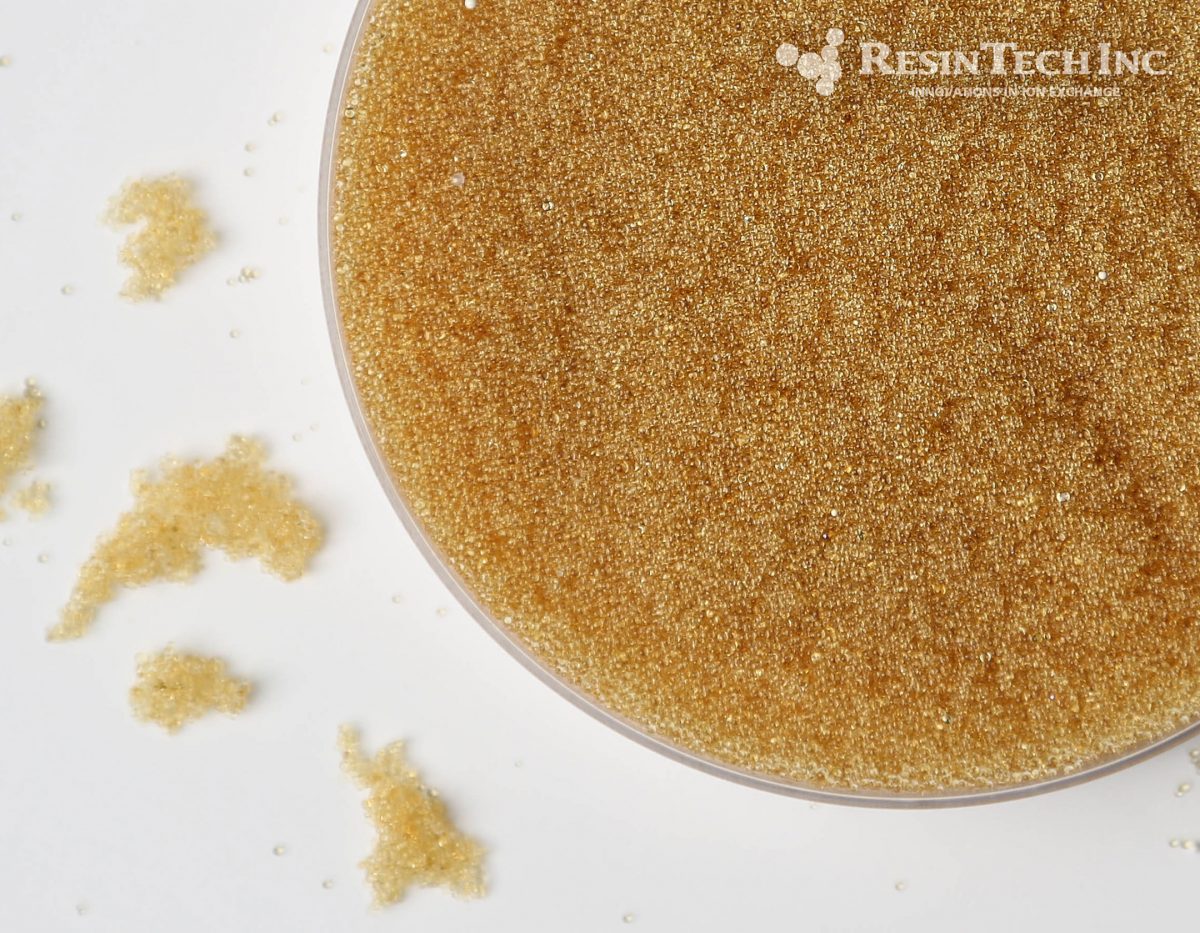
| Media Sub Category |
Strong Acid Cation |
| Polymer Matrix |
Styrenic Gel |
| Ionic Form |
Sodium |
| Applications: | |
|
- Softening - Residential |
|
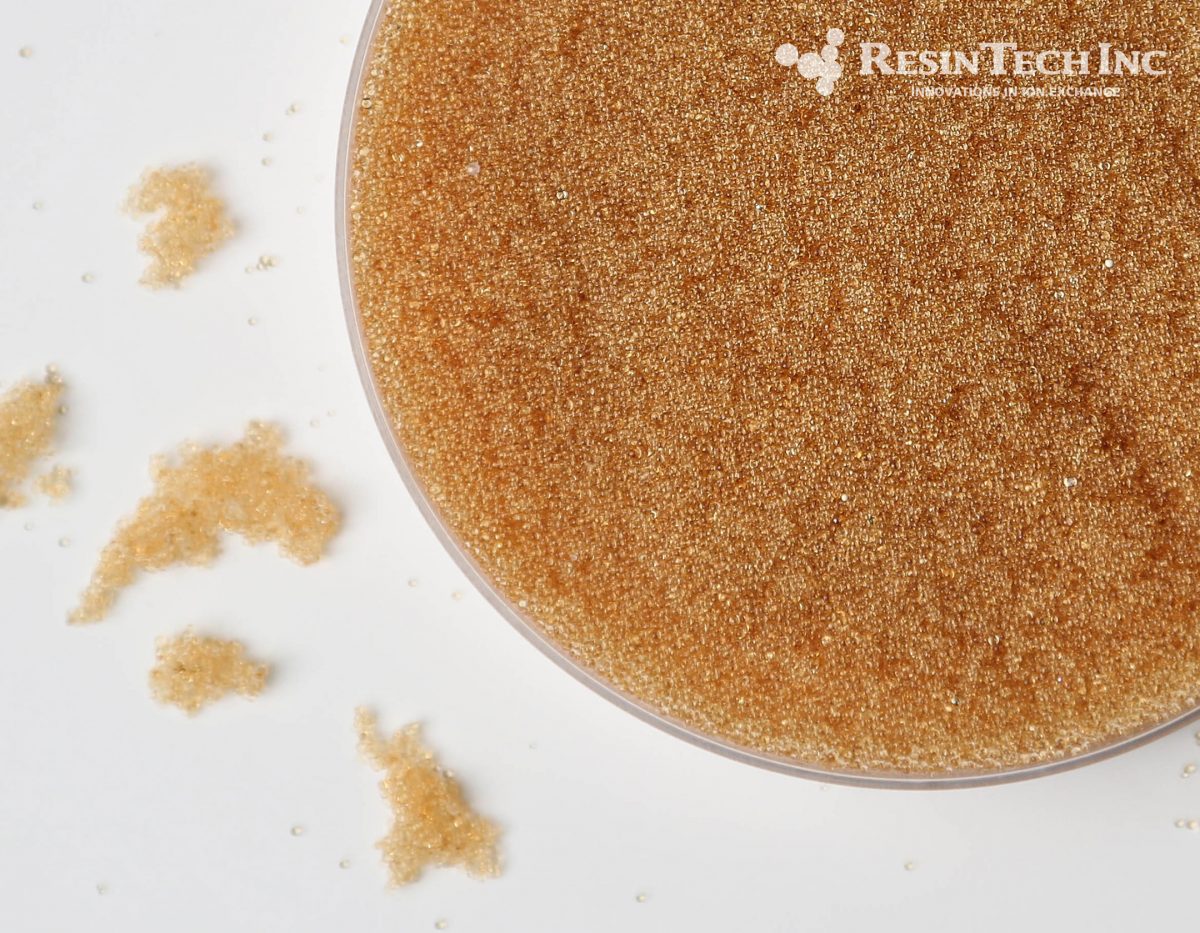
| Media Sub Category |
Strong Acid Cation |
| Polymer Matrix |
Styrenic Gel |
| Ionic Form |
Sodium |
| Applications: | |
|
- Softening - Industrial |
|
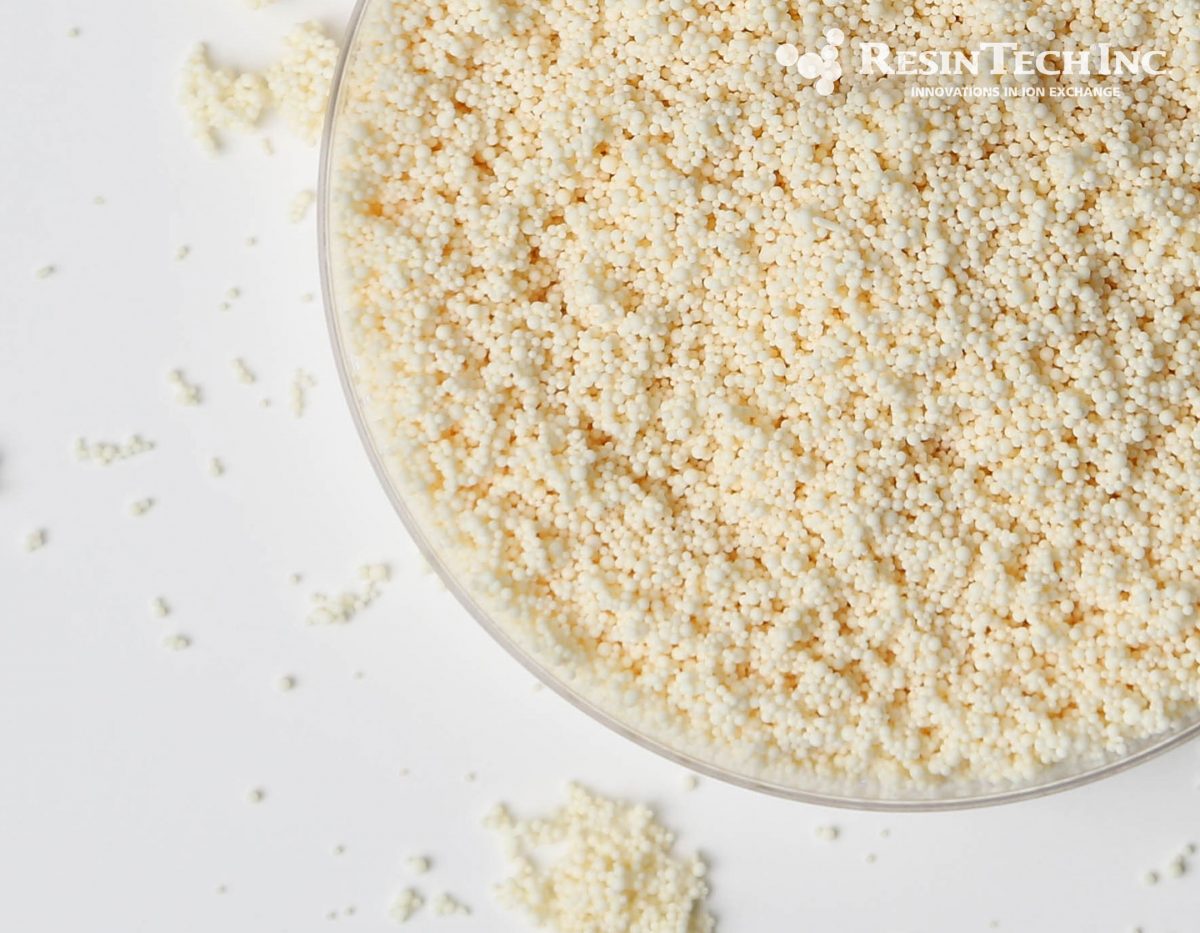
| Media Sub Category |
Weak Acid Cation |
| Polymer Matrix |
Acrylic Macroporous |
| Ionic Form |
Hydrogen |
| Applications: | |
|
- Sucrose decationization |
|
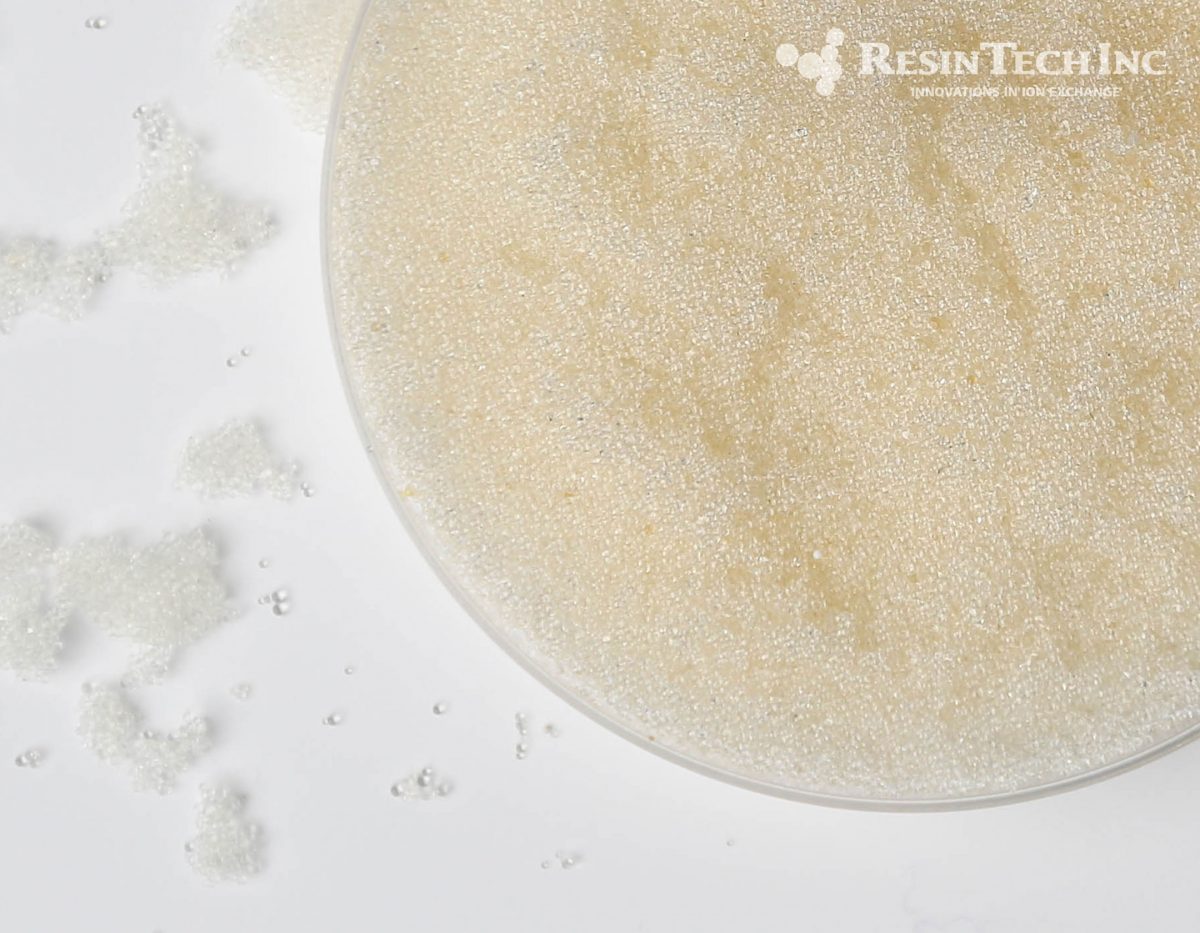
| Media Sub Category |
Strong Base Anion |
| Polymer Matrix |
Styrenic Gel |
| Ionic Form |
Chloride |
| Applications: | |
|
- Demineralization |
|
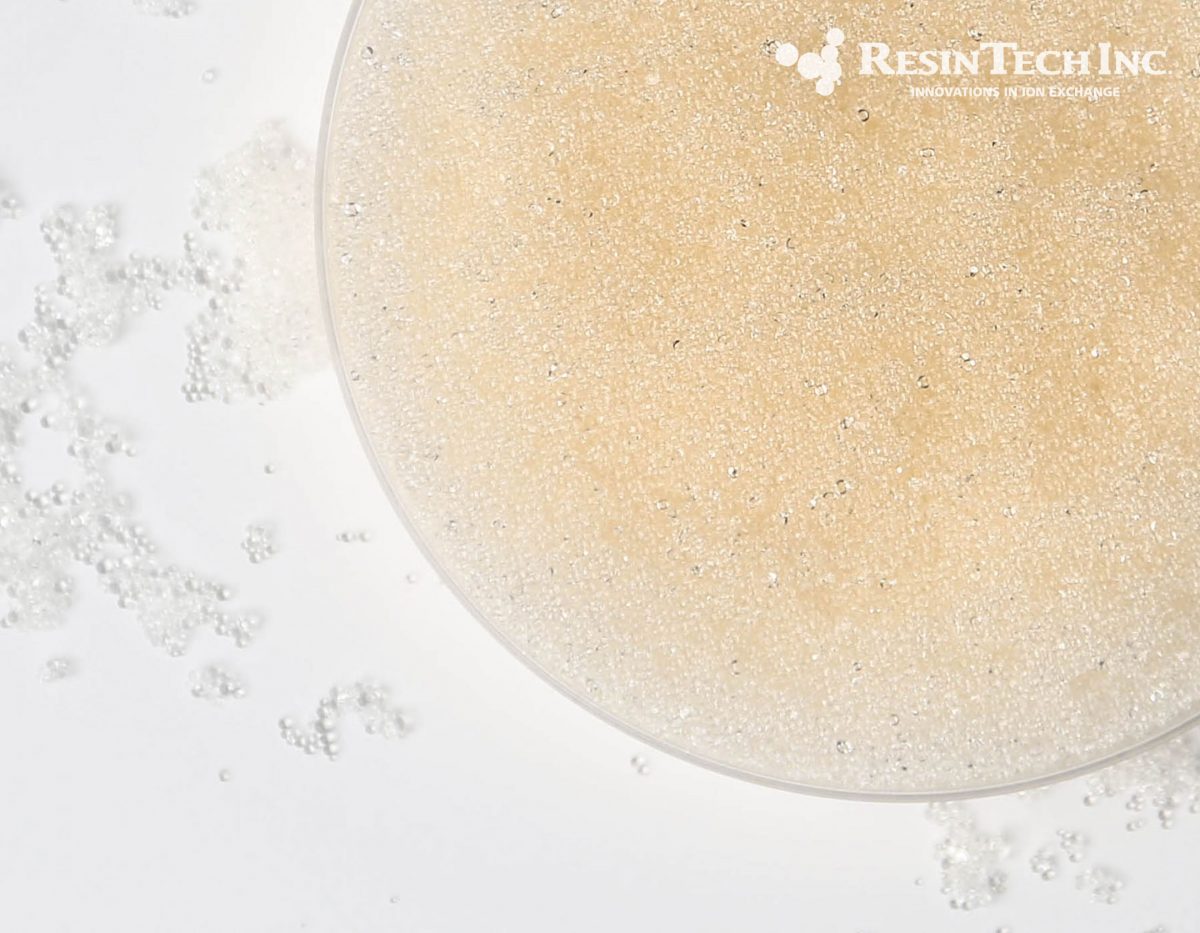
| Media Sub Category |
Strong Base Anion |
| Polymer Matrix |
Styrenic Gel |
| Ionic Form |
Hydroxide |
| Applications: | |
|
- Demineralization |
|
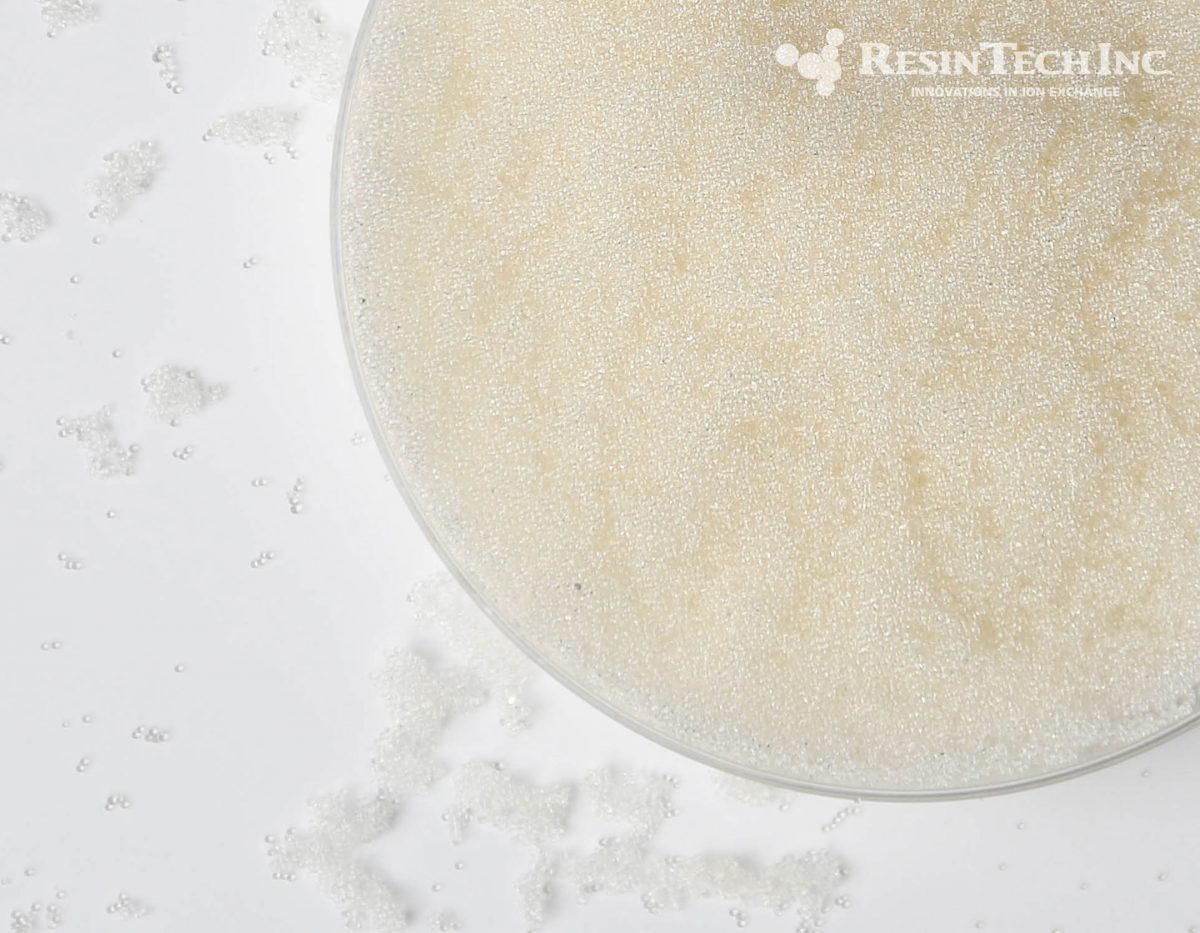
| Media Sub Category |
Strong Base Anion |
| Polymer Matrix |
Styrenic Gel |
| Ionic Form |
Chloride |
| Applications: | |
|
- Dealkalizer |
|
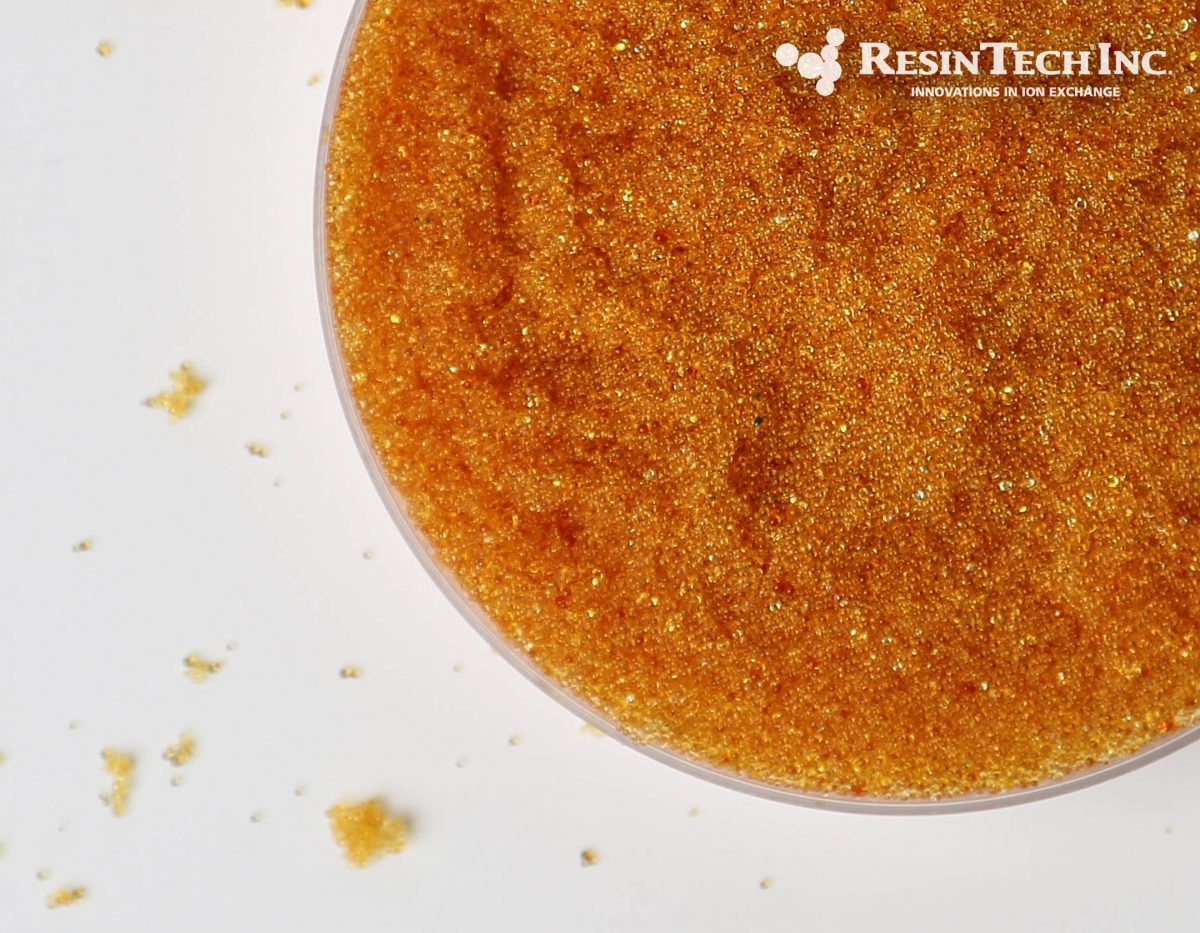
| Media Sub Category |
Strong Base Anion |
| Polymer Matrix |
Styrenic Gel |
| Ionic Form |
Hydroxide |
| Applications: | |
|
- Demineralization |
|
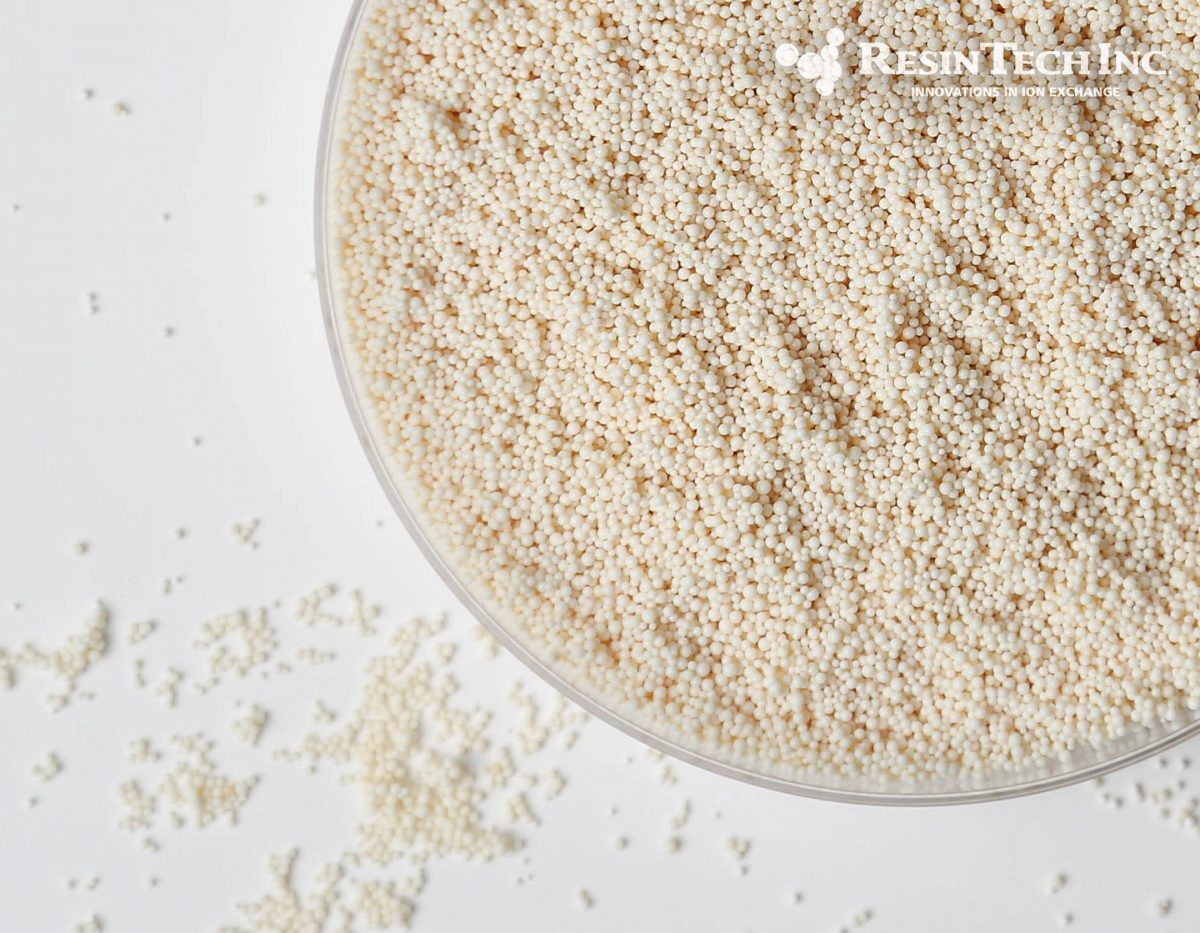
| Media Sub Category |
Strong Base Anion |
| Polymer Matrix |
Styrenic Macroporous |
| Ionic Form |
Chloride |
| Applications: | |
|
- Cane sugar refined syrup decoloration |
|
Need a little help deciding what to do next?
Reach out to us using the link below.
Tel: 856-768-9600
Fax: 856-768-9601
©2024 ResinTech, Inc.